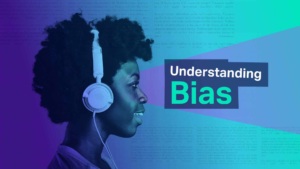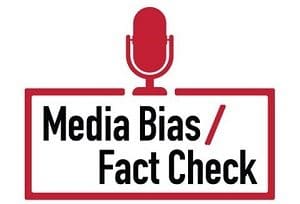The News: Evaluating and Using News Sources: Fake News
Introdution:
What are are fake news items?
Why are fake news items created?
What impact do fake news item have on society?
What can we do to equip ourselves to be careful consumers of information?
Skill 1: Lateral Reading
Clicking on suspect article you will be reading Vertically. It will bring the reader to the links associated with the suspect article.
This can lead to a circular argument
Lateral Reading: Find evidence of where that article, picture, Tweet came from and what has been said about it.
- Ctrl T will open a new Tab: Put the text into a Google search and see what the fact checking sites have to share about this item.
- Find out where and when the item came from by going upstream. Do an Advanced search.
- Look for Dates, and date ranges
- Read captions
- Explore the credentials. Work backward to the source. Who created this news item?
Using Web Archivers
Check Archive.is
Take a screenshot of the Tweet or posting and check it on Archive.is
- Note: The screenshot will include a date time stamp that will automatically adjust to your time zone.
The Wayback Machine is a service which can be used to cite archived copies of web pages used by articles. This is useful if a web page has changed, moved, or disappeared; links to the original content can be retained. This process can be performed automatically, using a web "bot".
Perma.cc : Helps scholars, journals, courts, and others create permanent records of the web sources they cite. Users must sign up to use Perma.cc/
Skill 3: Critical Observation
Fake news is often believable. This makes it easy to get caught.
Much fake news is also written to create "shock value," that is, it creates a strong instinctive reaction such as fear or anger.
To Fight against Fake news:
- Keep your emotional response check
- Approach what you see and/or hear rationally and critically
- Ask yourself why was the story written? (Look for viewpoint and bias)
Skill 4: Bias in News Coverage
5 Types of News Bias
There are 5 types of bias in regular news coverage
-
Partisan bias
-
Demographic bias
-
Corporate bias
-
“Big story” bias
-
Neutrality bias
Bias is one of the most controversial and important subjects in news literacy. People frequently perceive bias in news coverage, and accusations of bias are common in a wide variety of discussions and contexts. However, people generally perceive bias through the lens of their own perspectives, values and beliefs, especially if they have a strong opinion about the topic being reported on. This can cause people to engage in confirmation bias — the tendency to quickly embrace information that affirms their perspectives and beliefs and to unfairly dismiss or criticize
 .
.
But asking the following critical questions can help students fully assess the degree of impartiality or bias in a given piece of news:
- Could this report have been fairer? Reported more dispassionately? How?
- What other images or sources were available when it was published or broadcast?
- Was it one report in a series about a particular subject, or does it stand alone?
- How does it compare with other reporting from the same outlet?
- How does it compare to news stories from other outlets?
Skill 5: Evaluating Bias in News Coverage
- Biases through selection and omission
- Choosing to cover or ignore a story
- Ignoring details or focusing on them
- Bias through placement
- Stories on the front page lead readers to assume they are the most important item in the news
- Bias by photos. captions, and camera angles
- Pictures and their captions can make a person appear good or bad, happy or angry, etc. depending how it is persented
- Bias through use of names and titles
- Choice of words, and presentation of details can show bias and elicit emotional responses (ie. Hero or brave vs controversial or selfice
- Bias by choice of words
- Choice of words can influence based on their underlying meaning (ie. Is the person cautious vs. cowardly? Is it bad timing or catastrophic?
Comprehensive media bias resource: Helps identify Fake News sources. Search Media Bias. View Fact Checks. Breaking News.
A Picture Tells a Thousand Stories
Fake Images:
- With editing software it is easy to create fake images that look real
- Research shows that only half of us can tell when images are fake. Warning signs to look for:
- Strange shadows on the image
- jagged edges around a figure
- Features or images that are out of proportion or the colors don't seem quite right
- Images may be presented out of context.
- For example, photos of litter covering a beach could be from a different beach or from 10 years ago, not the recent alleged event.
- Is the image from the place the story or caption indicates it is?
- Do things look right? Is the season right? Are there other indications that this image is someplace or some time other than what they indicate?
You can use tools such as Google Reverse Image Search to check where an image originated and whether it has been altered.
TinEye Reverse Image Searching
How to use TinEye
Using TinEye, you can search by image or perform what we call a reverse image search. You can do that by uploading an image or searching by URL. You can also simply drag and drop your images to start your search.

